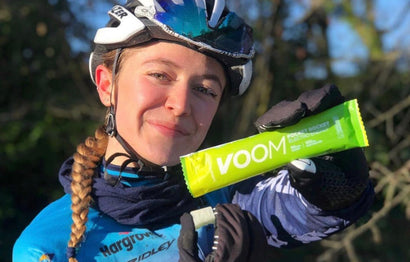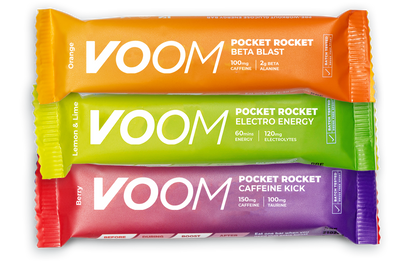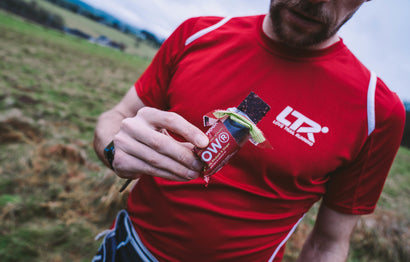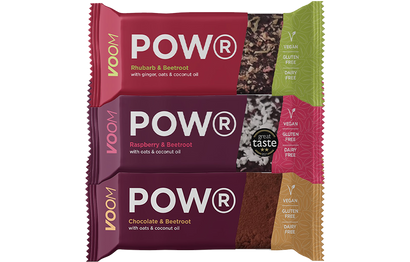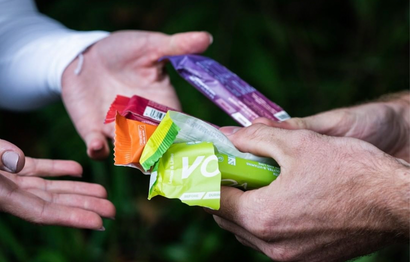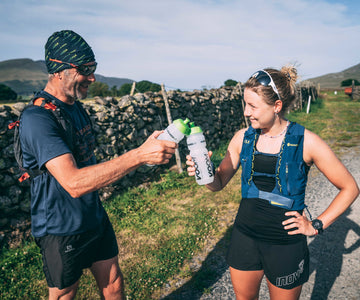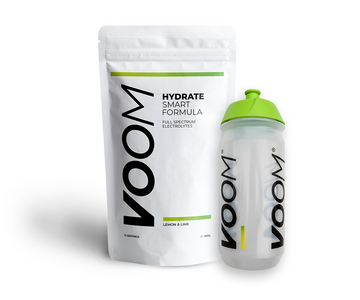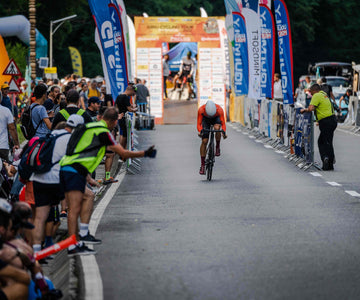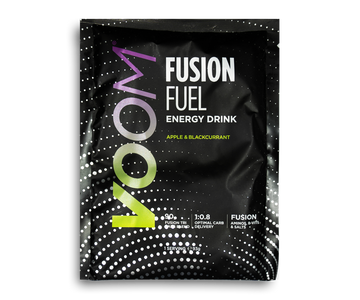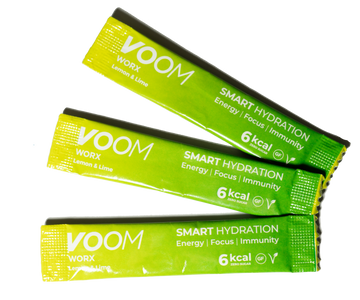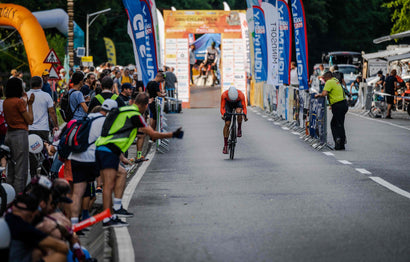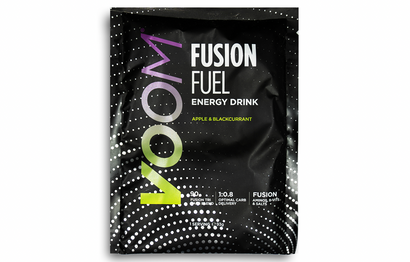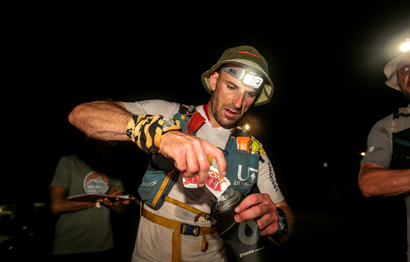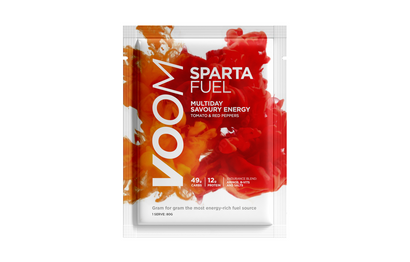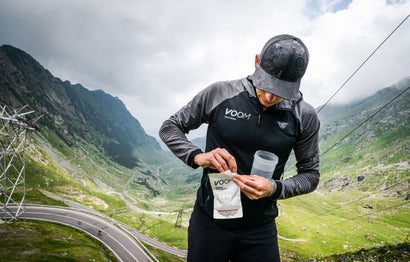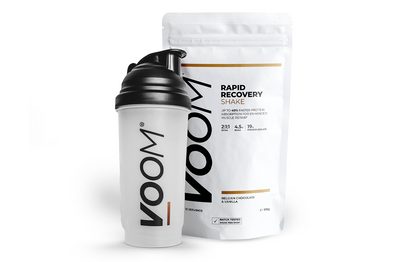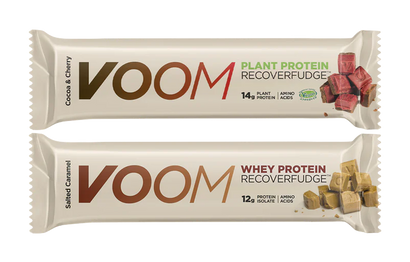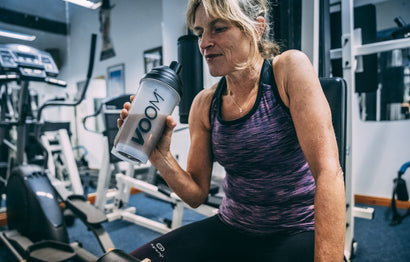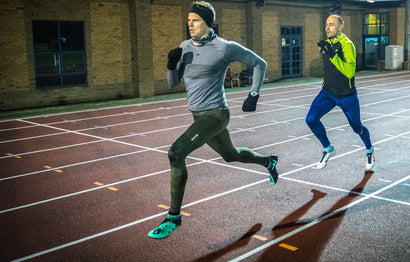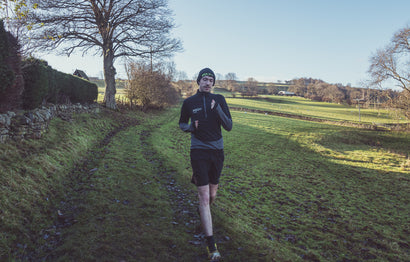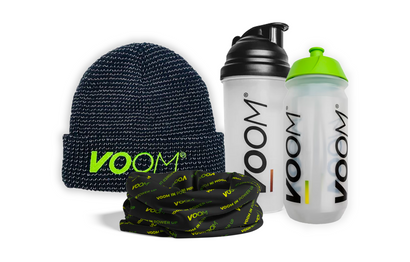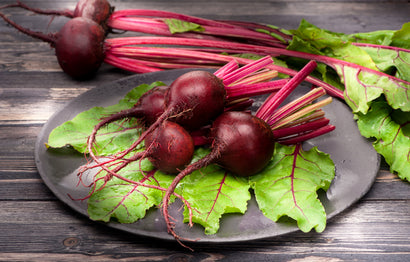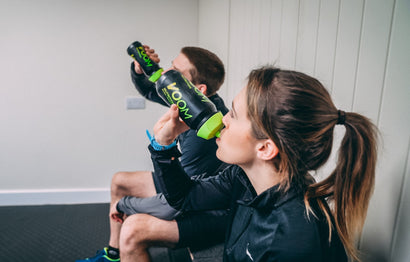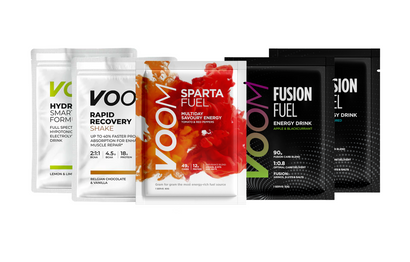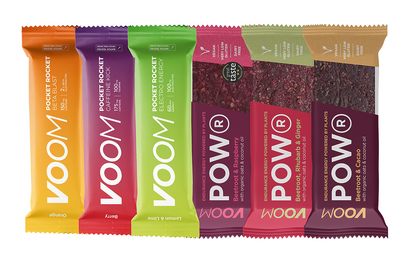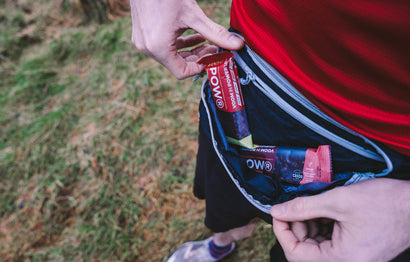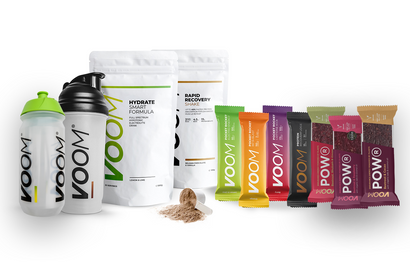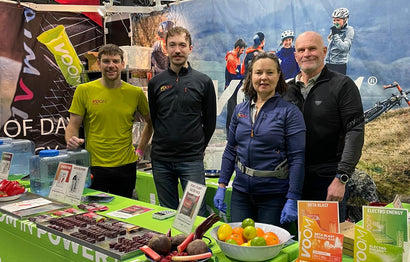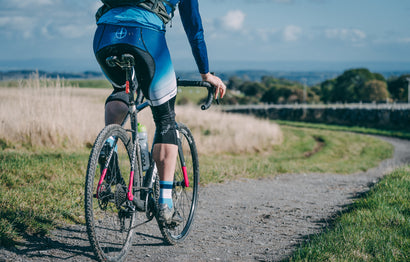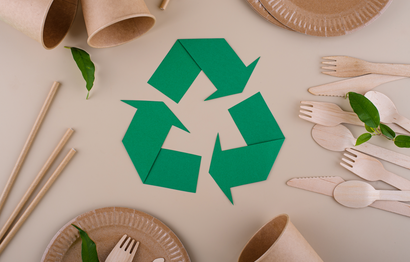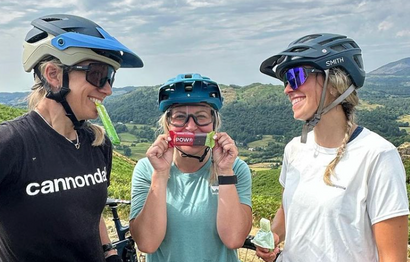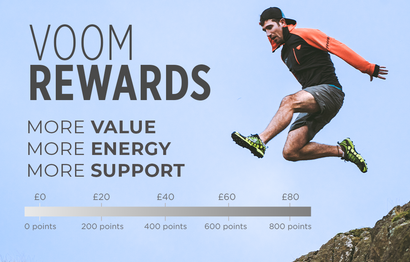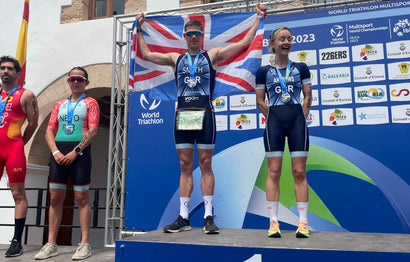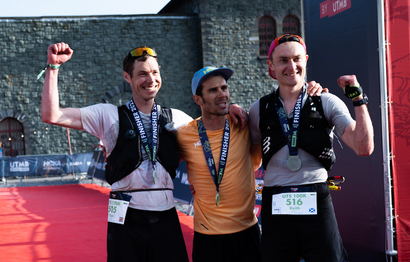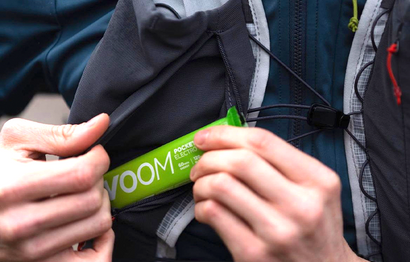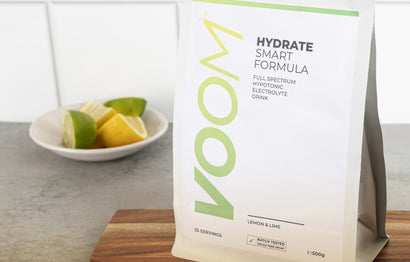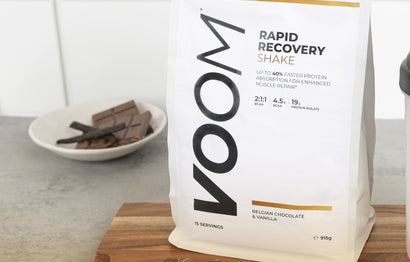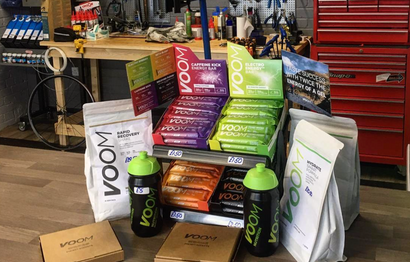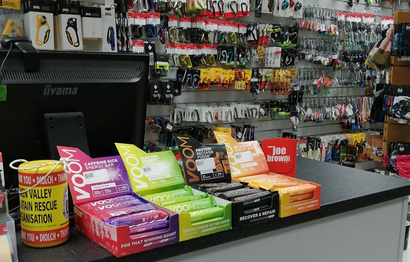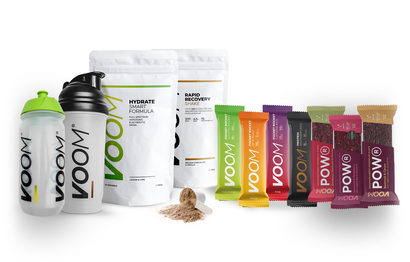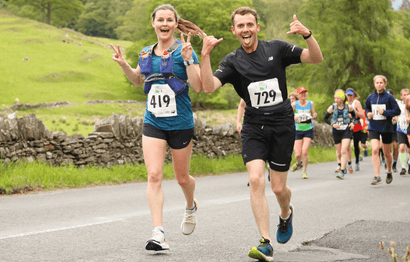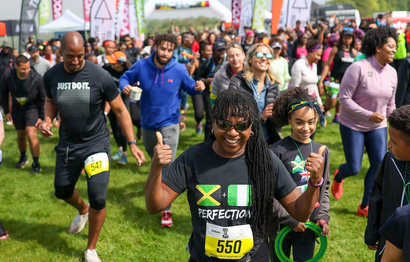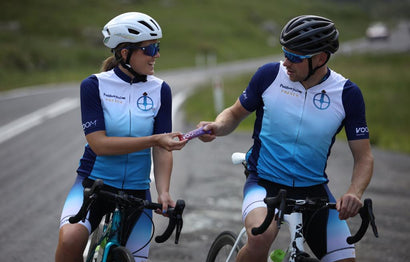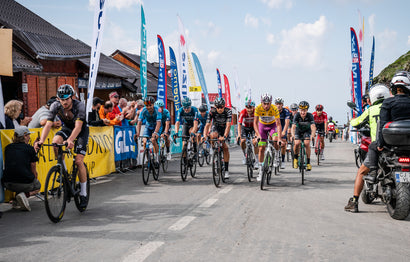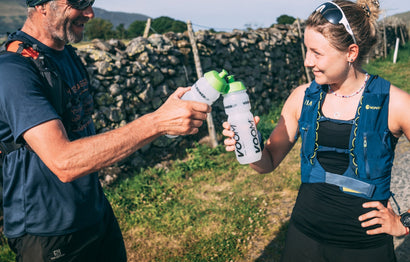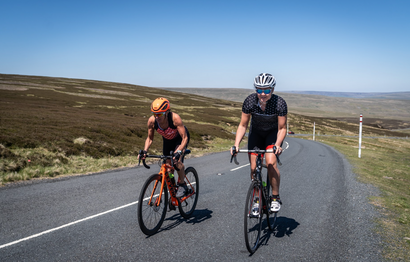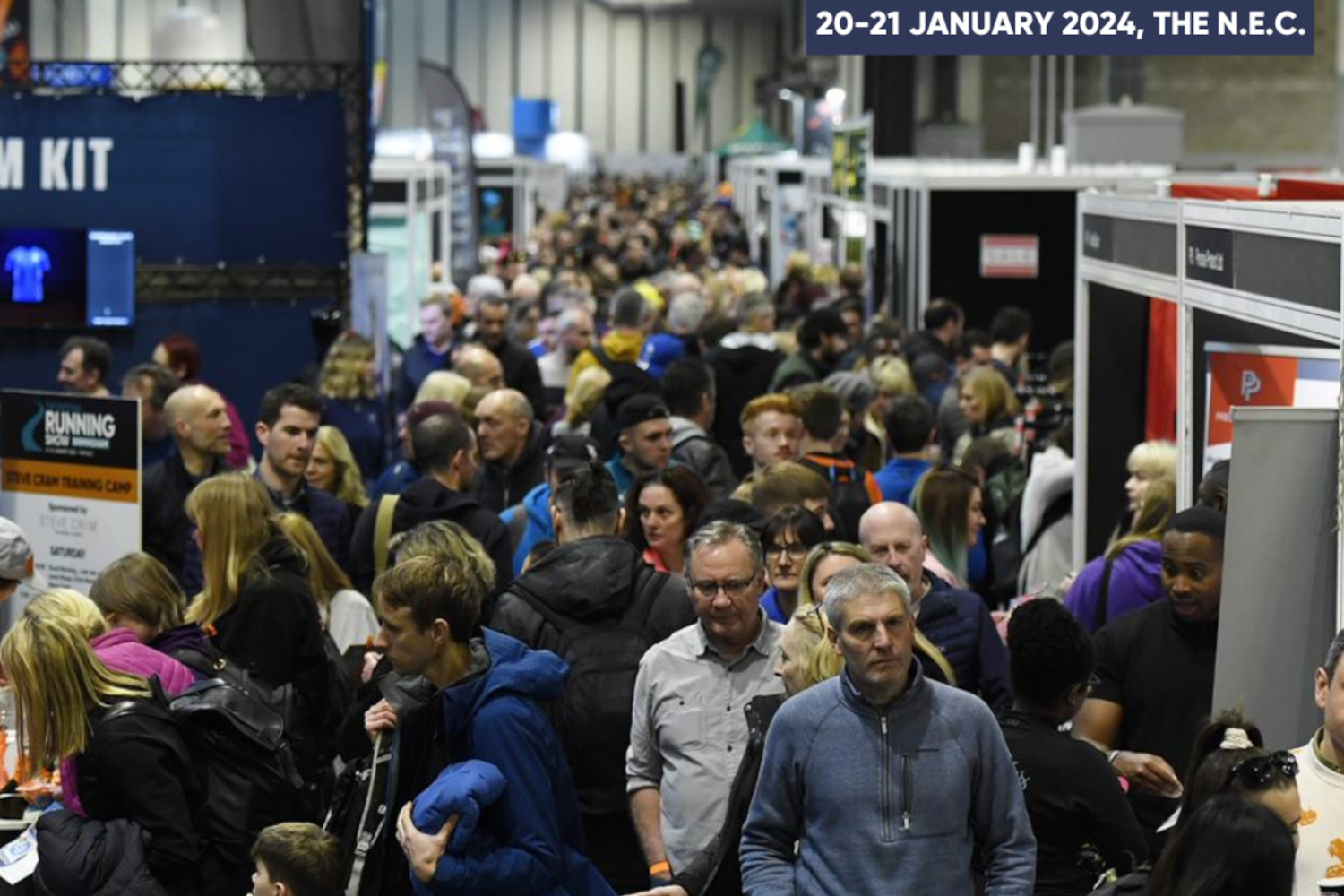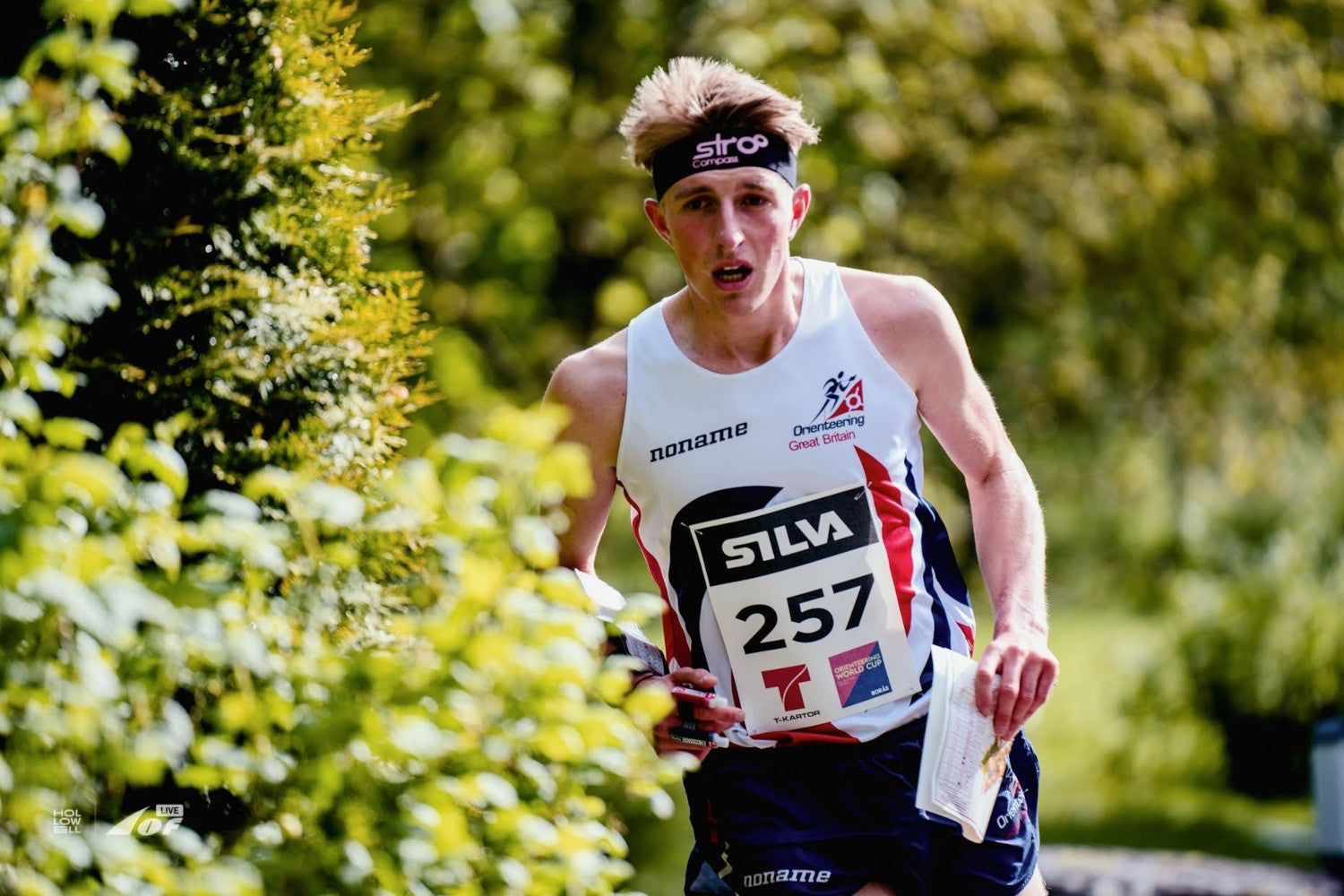Why do many athletes seeking performance improvements turn to beetroot juice (BRJ) in their quest for marginal gains? Is is in fact the dietary nitrates found in beetroot, and some other vegetables such as kale and spinach, that research has shown offer performance improvements in some athletic events.
Firstly we look at the chemicals involved in the nitrate-nitrite pathway and the function of these compounds in the body, and then we discuss how nitrates can improve your performance. This article is a semi-scientific summary of an area of exercise physiology which we hope will help you understand the benefits of nitrates as well as how and when to consume nitrate for peak performance.

Amongst others at the forefront of nitrate research has been Andy Jones, known as the beetroot guru, and previous physiologist to giants of marathon running Paula Radcliffe and Eluid Kipchoge. Jones (2022) produced a great summary of the research to date which is referenced several times in this blog and is worth a read for those looking to delve further still into the science. Andy Jones’ position working with high profile athletes really highlights the real-world adoption of nitrate supplementation for athletic performance.
What is dietary nitrate?
Dietary nitrate is the term given to the inorganic nitrate (NO3-) which we get from the diet we consume, as opposed to nitrite (NO2−) or nitric oxide (NO) in the human body. Once ingested NO3- is converted to NO2- which is stored in muscle tissues and circulated in the blood as plasma nitrite. Nitrite can quickly be converted to NO when required such as in circumstances of low oxygen availability. For more than a decade athletes have been attempting to use dietary nitrates from beetroot (and other sources) as an ergogenic (performance enhancing) aid during training and competition with multiple studies examining NO3- and exercise performance.
It is important to note there are two pathways which produce nitric oxide; the endogenous (internal) pathway uses the amino acid L-arganine, oxygen and NOS (nitric oxide synthase) enzymes to reduce nitrite to nitric oxide. Alternatively dietary nitrate sources such as beetroot supplementation (exogenous NO3- ) use the’ nitrate-nitrite-nitric oxide pathway’ where ingested NO3- is converted to bioactive nitrite by anaerobic bacteria in the mouth which make up the oral microbiome (Jones, 2022). This NO2- is then absorbed and can be converted to NO in the body, particularly in hypoxic conditions such as in skeletal muscles.

The first study to look at NO3- in an exercise setting was by Larsen et al (2007) where it was unexpectedly found that nitrate reduced the oxygen cost of sub-maximal cycling after a 3-day period of supplementation. Heart rate, blood lactate and other variables remained constant between the NO3- trail and placebo but exercise at a fixed work rate required less oxygen after NO3- consumption. This effect was attributed to energy metabolism becoming more efficient.
What does Nitric Oxide (NO) do in the body?
Nitric Oxide (NO) is a gaseous signalling molecule produced in the body’s endothelial cells (lining our blood vessels) that contribute to control of several processes in the body including vasodilation, blood flow, metabolism and muscular contraction. As mentioned, NO can be derived from the reduction of nitrate by oral bacteria into nitrite which is then converted to NO by enzymes within the body (Jones 2022). During exercise NO can regulate blood pressure by causing vasodilation of arterial blood vessels.
Health Benefits of Nitrate and Nitric Oxide
Trials using beetroot juice supplementation have been shown to boost blood NO levels, which in turn reduces arterial blood pressure. This effect appears to be more pronounced in individuals with a higher resting blood pressure. Crucially, elevated NO has been shown to improve athletic performance across a range of sports notably cycling and running but also rowing and even kayaking.
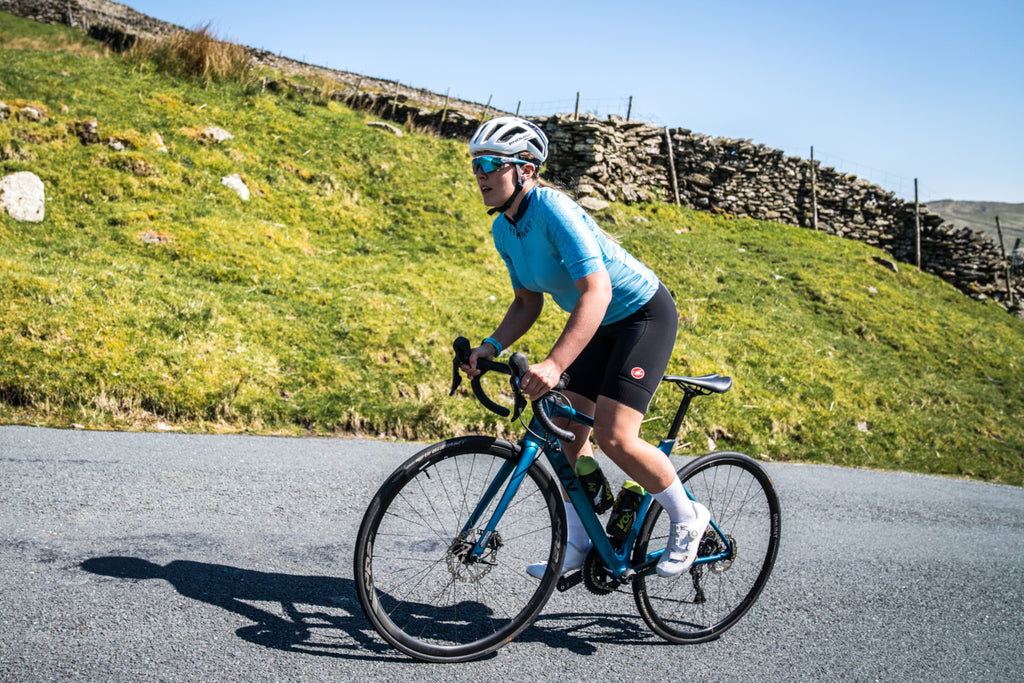
How do nitrates improve performance?
The mechanism of the improvement is thought to come as the elevated level of nitric oxide lowers the oxygen cost of exercise by around 3% (Larsen et al, 2011). In other words the same muscular ‘work’ uses less oxygen, or if the body uses the same volume of oxygen more work can be done - faster or stronger muscle contractions to run or cycle faster! After initial studies linked NO3- with decreased oxygen cost of exercise it was later reported the mechanism for this is improved mitochondrial efficiency after nitrate supplementation Larsen et al (2011).
Mitochondria are organelles within cells that produce ATP which is used in muscle contraction and other functions around the body - ATP is the energy currency of the body. During aerobic respiration (with oxygen) ATP is produced through the process of oxidative phosphorylation within the mitochondria, hence muscle cells are packed with these little powerhouse mitochondria! Larsen et al (2011) took biopsies of the vastus lateralis muscle of the quadriceps to measure oxidative phosphorylation ratio and found nitrate supplementation improved efficiency ratio. It is this improved oxidative phosphorylation that reduces the oxygen cost of submaximal cycling after consuming NO3- rich BRJ.

How much nitrate will enhance performance?
Wylie et al (2013) conducted a dose dependent study response and reported 70ml BRJ (4.2mmol ~ 260mg NO3- ) did not significantly aid performance while a 140ml serving (8.4mmol ~ 520mg NO3- ) increased nitrate plasma concentration and significantly improved exercise performance. Oxygen cost of steady-state exercise was reduced by 1.7% and time to task failure was improved by ~ 14% compared with placebo. In comparison a 280ml dose of BRJ didn’t show a further significant improvement in performance over the 140ml condition.
Will Beetroot Juice improve my performance?
Studies have evaluated the effect of nitrates on sports performance with differing degrees of effectiveness across a range of durations and intensities of exercise (Jones, 2022). Interestingly elite endurance athletes with greater aerobic fitness, a VO2 max of 65 ml/kg/min or more, show diminished improvements compared with moderately-trained athletes (Porcelli et al. 2015) after 6 days of nitrate supplementation. It was reported that runners with a low VO2max (~ 40 ml/kg/min) saw a 3% improvement in a 3km running time trial while moderately fit (~ 50 ml/kg/min) runners improved by 1.5% on average. The highly trained (~ 7- ml/kg/min) participants had a negligible 0.7% improvement.
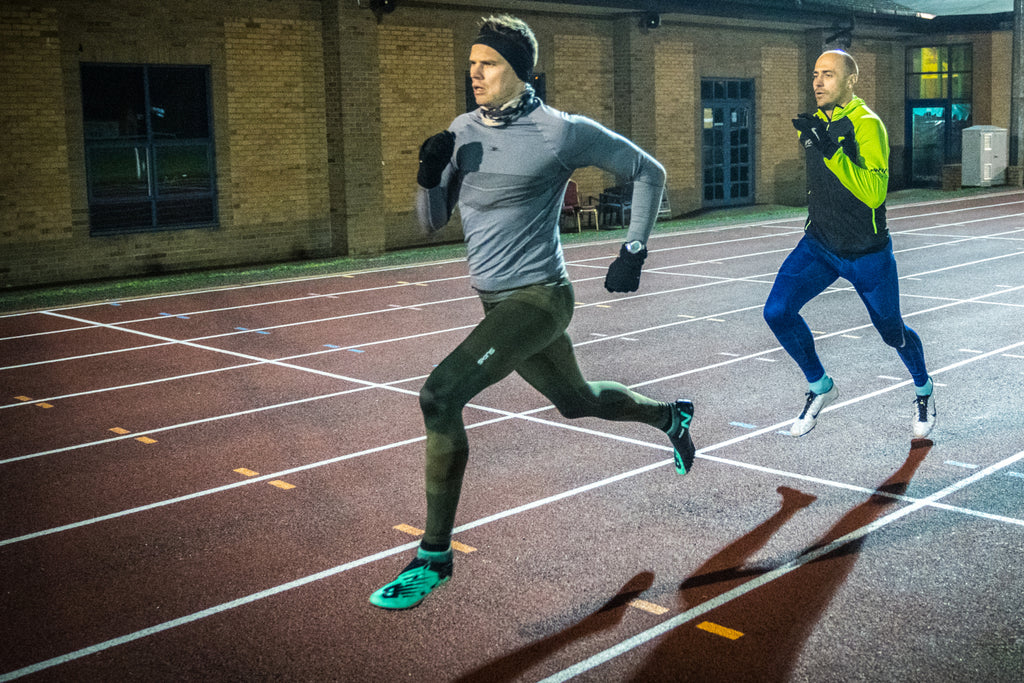
The reduced effect of nitrates in elite level performers is thought to be due to their optimal fitness and training adaptation. The good news for keen amateurs is that running and cycling performance has been improved after nitrate consumption in numerous studies. The 3% improvement in performance could equate to ~48s during a 10mile cycling time trial or has been likened to a similar benefit to that from carbon-plated running shoes such as the Nike Next% - a worthwhile ergogenic aid.
The other factor which has been tested is the duration of activity. Longer duration running, completed at relatively lower intensity, does not benefit from NO3- in the way that shorter duration exercise at a higher work does (Shannon et al. 2017). A 12.5 mmol nitrate dose (140ml BRJ) 3 hours before exercise significantly elevated plasma NO3- level and significantly enhanced performance in a 1500m run time trial. However there was no significant improvement in performance over a 10,000m run trial. Interestingly, when the 10,000m trial was split into two 5,000m halves statistical analysis suggested a ‘very likely beneficial effect’ of BRJ on the first 5,000m split shown with faster average run speed and therefore quicker time, and no effect on the 2nd split.

As the nitrate-nitrite pathway is more heavily relied upon during anaerobic exercise it was speculated that performance in high power, sprint and repeated-sprint activity, such as in team sports, NO3- supplementation could be more effective. Moreover, well-trained individuals in these sports such as track cycling, sprinting, football and hockey, typically have a high proportion of type II muscle fibres which have a relatively low oxygen-tension surrounding them.

More recent research has shown nitrates can enhance power generation, muscle contractility and therefore sprint and repeated sprint performance; this effect benefits moderate to well trained athletes. Supplementary research showed a reduction in time to peak power output but reported no improvement in repeat sprint performance over a 30s sprint, suggesting the ergogenic effect is limited to shorter, more explosive sprints (Jones, 2022). The real world application of this suggests NO3- can boost total work done in a match and improve acceleration and enhance maintenance of speed throughout the game.
When to take beetroot juice and nitrates?
Plasma nitrate and plasma nitrite levels peak 1-2 hours and 2-3 hours after inorganic nitrate consumption respectively, and gradually return to baseline level after 24hours (Senefeld et al, 2020). Systematic review and meta analysis by Senefeld (et al, 2020) included 80 relevant studies making for an ideal information source from which to guide optimal dosage and timing of nitrate intake.
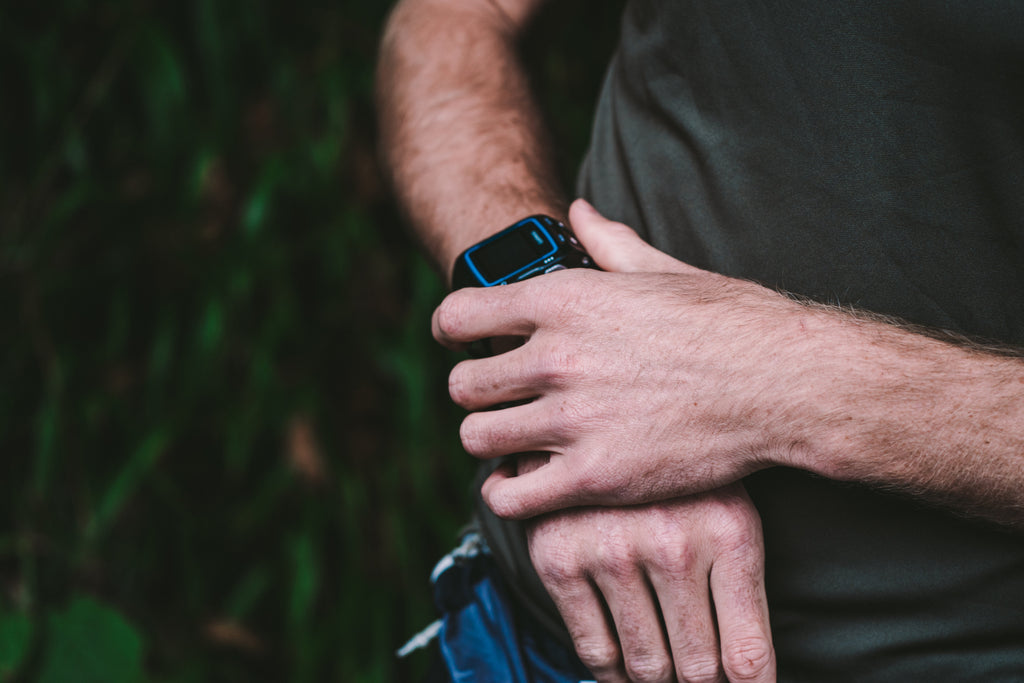
Initial studies recommended 3 - 6 days of BRJ supplementation for optimal performance, but contrasting research now shows no significant difference in effect between 1 - 15 days of supplementation (Senefeld et al 2020). The key factor was the timing of pre-event ingestion NO3- with an interval of 2 - 3.5 hours before the start of exercise repeatedly being most effective. Nitrate consumption less than 90 minutes prior to exercise has been shown to be ineffective.
References
Jones, A.M. (2022). Dietary nitrate and exercise performance: New strings to the beetroot bow. SSE #222.
Larsen FJ, Schiffer TA, Borniquel S, Sahlin K, Ekblom B, Lundberg JO, Weitzberg E. Dietary inorganic nitrate improves mitochondrial efficiency in humans. Cell Metab. 2011 Feb 2;13(2):149-59. doi: 10.1016/j.cmet.2011.01.004. PMID: 21284982.
Larsen FJ, Weitzberg E, Lundberg JO, Ekblom B. Effects of dietary nitrate on oxygen cost during exercise. Acta Physiol (Oxf). 2007 Sep;191(1):59-66. doi: 10.1111/j.1748-1716.2007.01713.x. Epub 2007 Jul 17. PMID: 17635415.
Senefeld JW, Wiggins CC, Regimbal RJ, Dominelli PB, Baker SE, Joyner MJ. Ergogenic Effect of Nitrate Supplementation: A Systematic Review and Meta-analysis. Med Sci Sports Exerc. 2020 Oct;52(10):2250-2261. doi: 10.1249/MSS.0000000000002363. PMID: 32936597; PMCID: PMC7494956.
Shannon OM, Barlow MJ, Duckworth L, Williams E, Wort G, Woods D, Siervo M, O'Hara JP. Dietary nitrate supplementation enhances short but not longer duration running time-trial performance. Eur J Appl Physiol. 2017 Apr;117(4):775-785. doi: 10.1007/s00421-017-3580-6. Epub 2017 Mar 1. PMID: 28251402.
Wylie LJ, Kelly J, Bailey SJ, Blackwell JR, Skiba PF, Winyard PG, Jeukendrup AE, Vanhatalo A, Jones AM. Beetroot juice and exercise: pharmacodynamic and dose-response relationships. J Appl Physiol (1985). 2013 Aug 1;115(3):325-36. doi: 10.1152/japplphysiol.00372.2013. Epub 2013 May 2. PMID: 23640589.

